Rapid technological advances are changing the way we live our lives, including the way we travel. A science-fiction fantasy come to life, the popularity of driverless cars is increasing worldwide, with manufacturers such as Tesla and Ford implementing autonomous driving functions. Considering safety, what are the public liability implications of driverless cars?
How do driverless cars work?
There are a range of car manufacturers who are creating vehicles with the driverless car market in mind, however the technology behind the machines remains largely the same. Driverless cars rely on a high number of sensors and radar mapping systems to not only get to destinations accurately, but to analyse environments as to not cause accidents. This intuitive sensor technology isn't new – for years, many manufacturers have released vehicles with sensors to help drivers not only park easier, but to locate empty parks for them. When considering the autonomy of driverless cars, researchers describe functions on a five level scale, as follows:
- Level zero – the car is completely operated by humans.
- Level one – the vehicle has automatic features, such as cruise control.
- Level two – there are two automated functions that can be operated at the same time, including steering and braking.
- Level three – the car is equipped to handle the road safely, but needs the driver to take control once alerted to hazards.
- Level four – fully automated, the car is self-operable in most conditions.
- Level five – the vehicle has the capacity to self-operate in all driving conditions.
Although the idea of a totally self-driving car is still in its infancy, it's important to identify the liability implications of what an automated car accident may mean for driver and passenger.
What are the liability implications of driverless cars?
For a driver to place faith in the wheels of their driverless car, it can be assumed that they would be well aware of the risks involved. For this reason, a driver may not be able to claim compensation under the Civil Liability Act NSW (2002). Under this Act, a person may not claim compensation for injuries or damages if an activity they engaged in was shown to have obvious risks. Additionally, it may be argued that ultimately the driver had engaged in dangerous practices by not controlling the situation when a hazard occurred.
That being said, a driver may be able to claim compensation from car manufacturers should an incident arise from a technical fault. It's important to note, however, that these large car companies are likely to have binding contracts and liability waivers to protect them from any lawsuits.
From issues of the past to helping you in the future, the team at Gerard Malouf & Partners are dedicated to drive you through your claims process. For assistance with your public liability claim, get in touch with our team.

